
 13
13




Visit Redhawk's soil series: https://permies.com/wiki/redhawk-soil
How permies.com works: https://permies.com/wiki/34193/permies-works-links-threads
 10
10




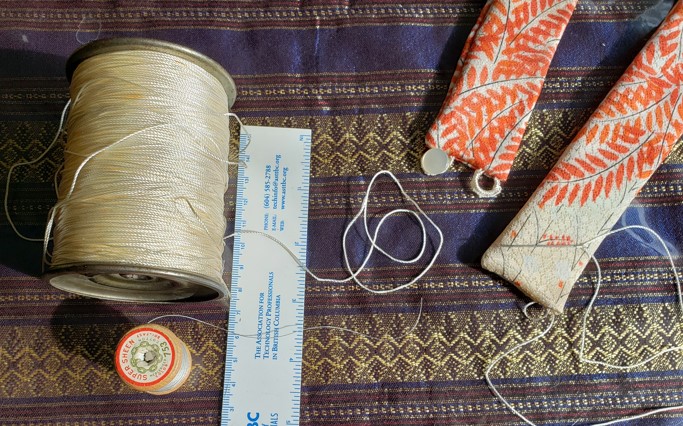
Visit Redhawk's soil series: https://permies.com/wiki/redhawk-soil
How permies.com works: https://permies.com/wiki/34193/permies-works-links-threads
 16
16











 12
12




 11
11




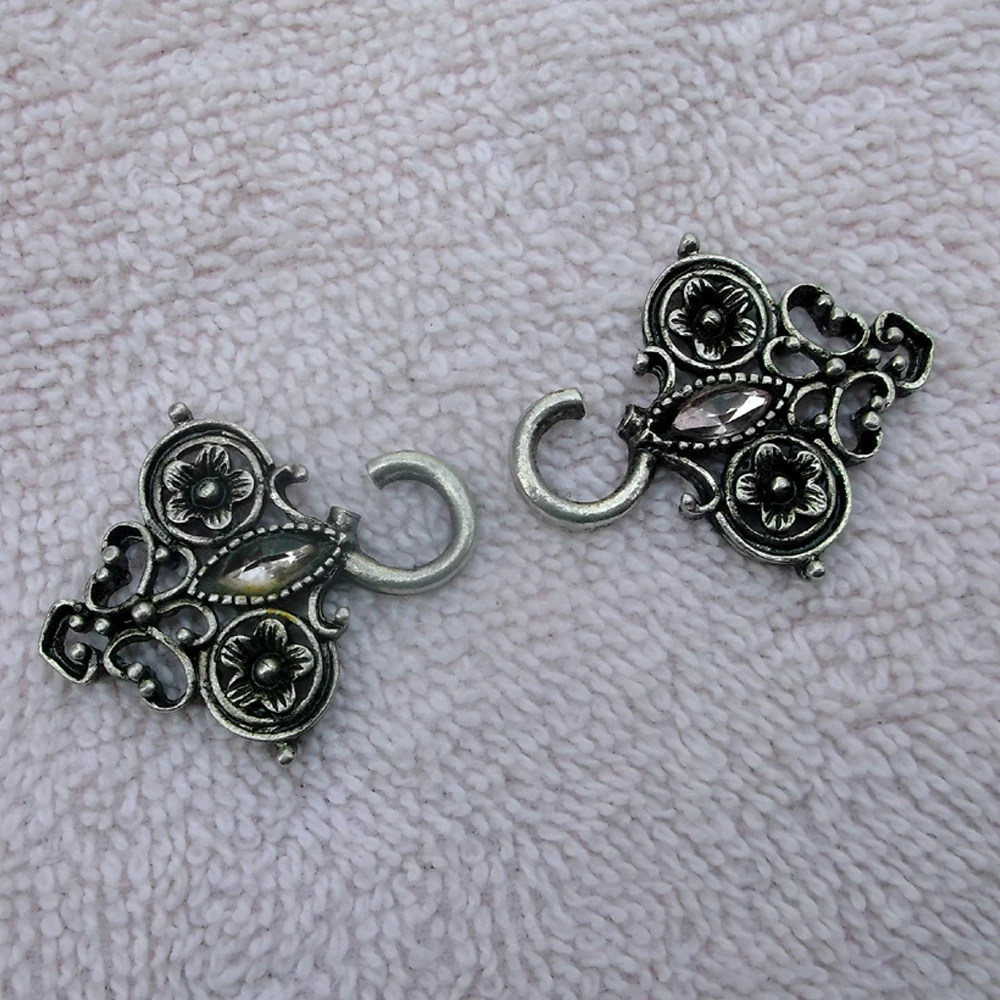
Visit Redhawk's soil series: https://permies.com/wiki/redhawk-soil
How permies.com works: https://permies.com/wiki/34193/permies-works-links-threads
 12
12




All true wealth is biological.
Lois McMaster Bujold
 1
1




Jay Angler wrote:I mentioned dirndl hooks when I was contemplating starting this thread.

This is the open version. Some are a complete ring. The downside of that is that you either need a long enough cord to loosen the cord enough to get the garment on, or you need to re-lace it every time.
What I haven't seen is a combo - closed ones for my right side, and matching open ones for my left side. That way, I could just pull each bit of cord on and off the left side to open the garment, and only need a small amount of adjustability in the cord. That would be particularly great for my farm coat which goes on and off too many times to count in a day! However, this system may require as certain amount of "tightness against the body" to work, which also doesn't describe my farm coat.
Luckily, my current farm coat has snaps. I have not found the home installed snaps to last as long as industrially installed ones do. (Although I've even had some industrial ones fail before the garment cloth did.)
Barefoot rocks!
 9
9





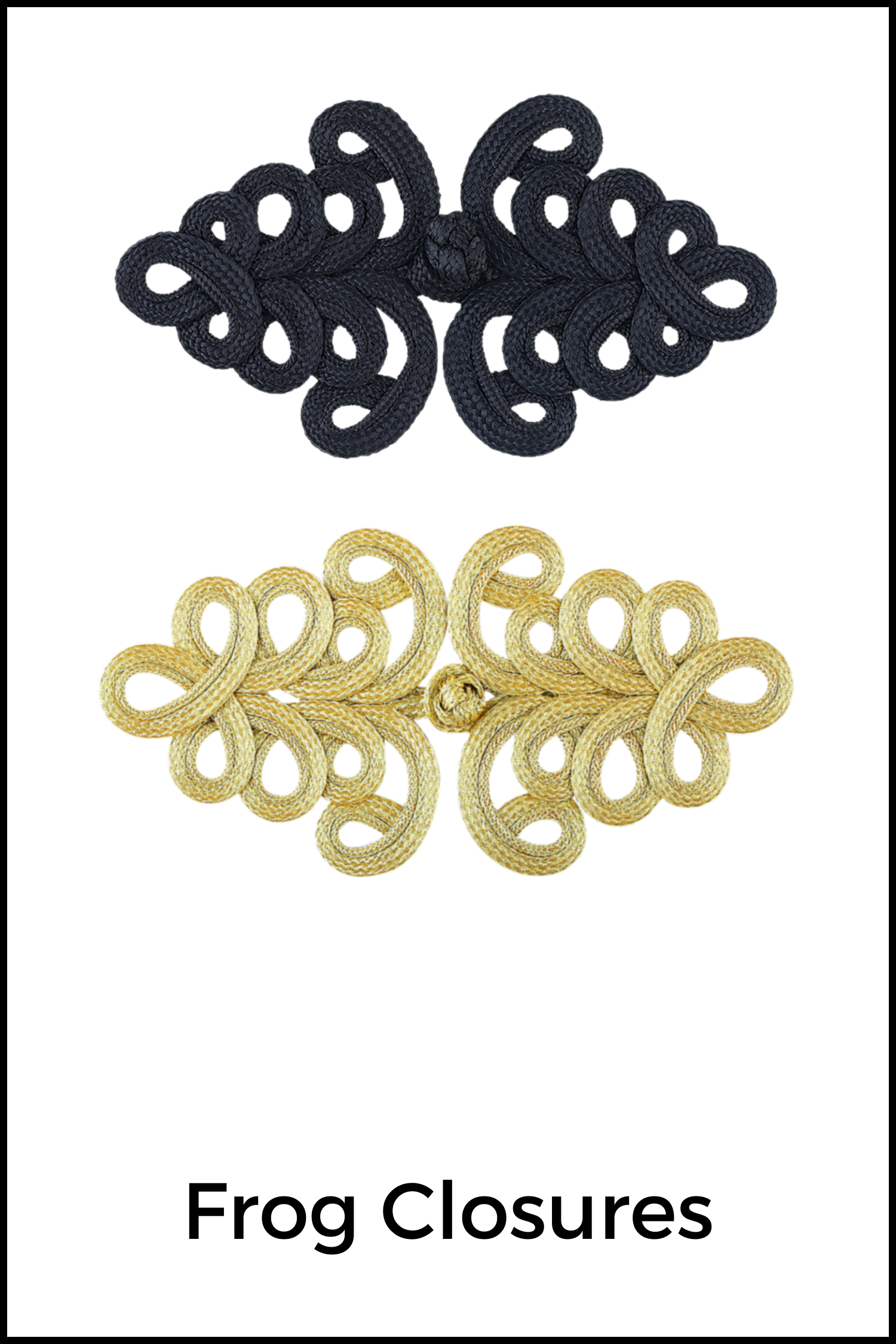

Barefoot rocks!
 11
11




Best luck: satisfaction
Greatest curse, greed
 15
15




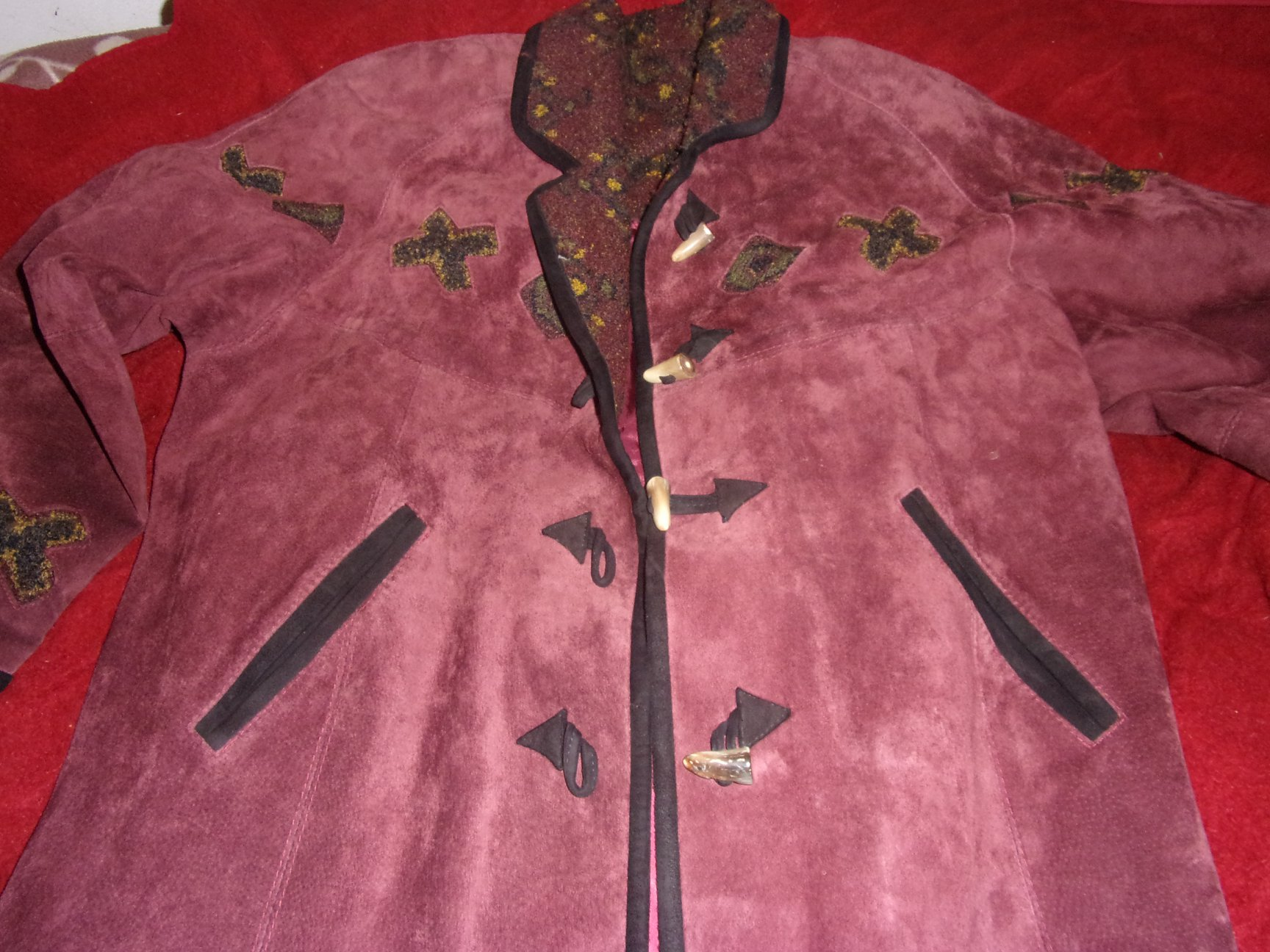
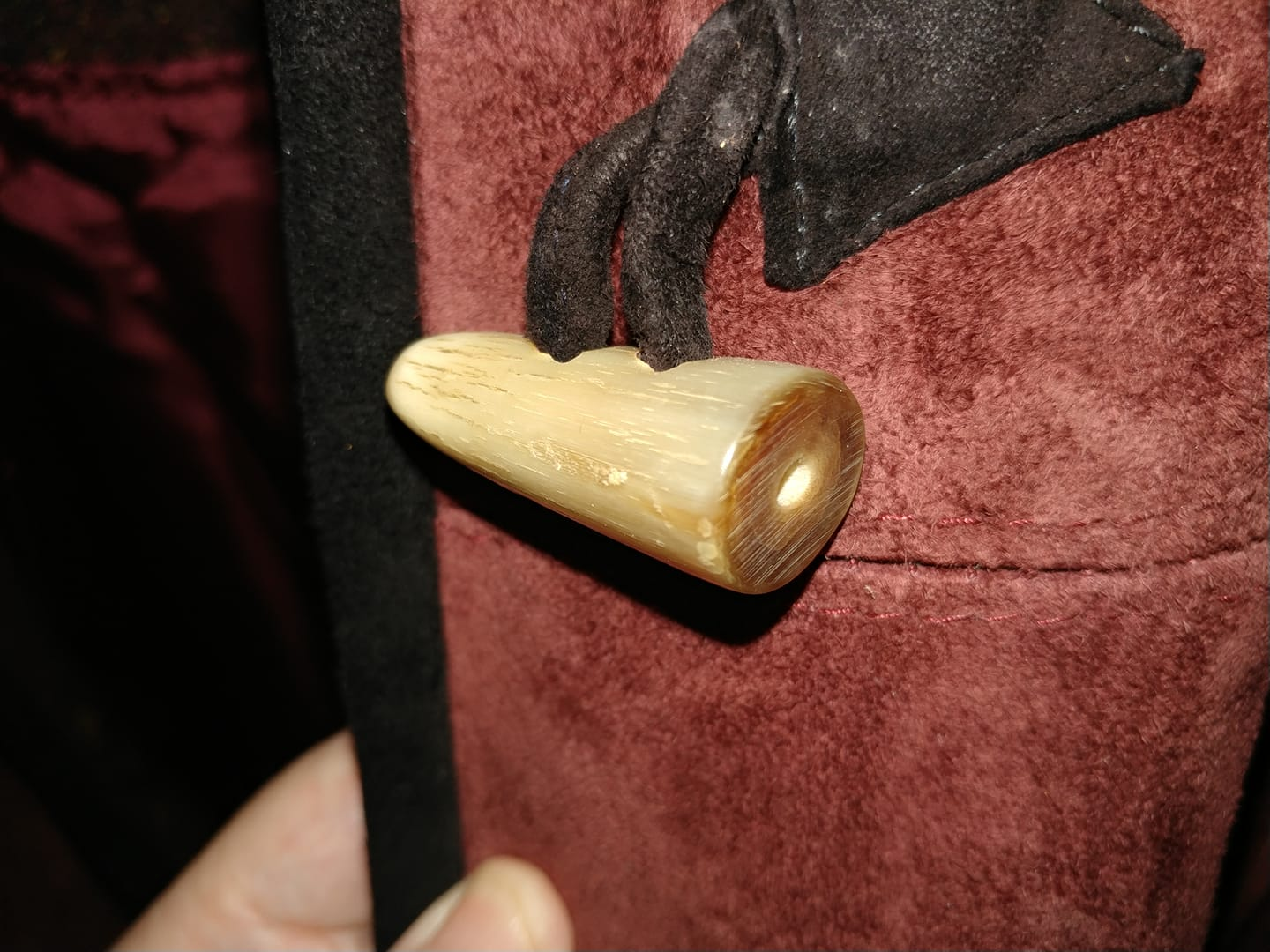
How permies.com works
What is a Mother Tree ?
 7
7




 9
9











 7
7




Best luck: satisfaction
Greatest curse, greed
 3
3




How about Rooster spurs? Too soft maybe? Too small for a coat possibly.Thekla McDaniels wrote:Simple toggles are pretty easy to make from bone or horn or wood😊
Visit Redhawk's soil series: https://permies.com/wiki/redhawk-soil
How permies.com works: https://permies.com/wiki/34193/permies-works-links-threads
 2
2




Best luck: satisfaction
Greatest curse, greed
 7
7




"The only thing...more expensive than education is ignorance."~Ben Franklin. "We can easily forgive a child who is afraid of the dark; the real tragedy of life is when men are afraid of the light." ~ Plato
Just wanted to add here: a monkey fist knot has something inside - a pebble, or something, to give it weight and substance, so it's not great for lighter weight items. For those, a much lighter (and the usual) alternative is a small turk's head knot, or even a button.
 6
6




I think even a cape would be too heavy. I would think more like a vest, or a home-made bag with a flap that needs to stay closed? Not sure how they'd look on a shirt - it would have to be a very unique shirt! It would be a conversation opener!Thekla McDaniels wrote:I could see trying rooster spurs, maybe not on a coat as heavy as Burra’s,
But on a cape maybe?
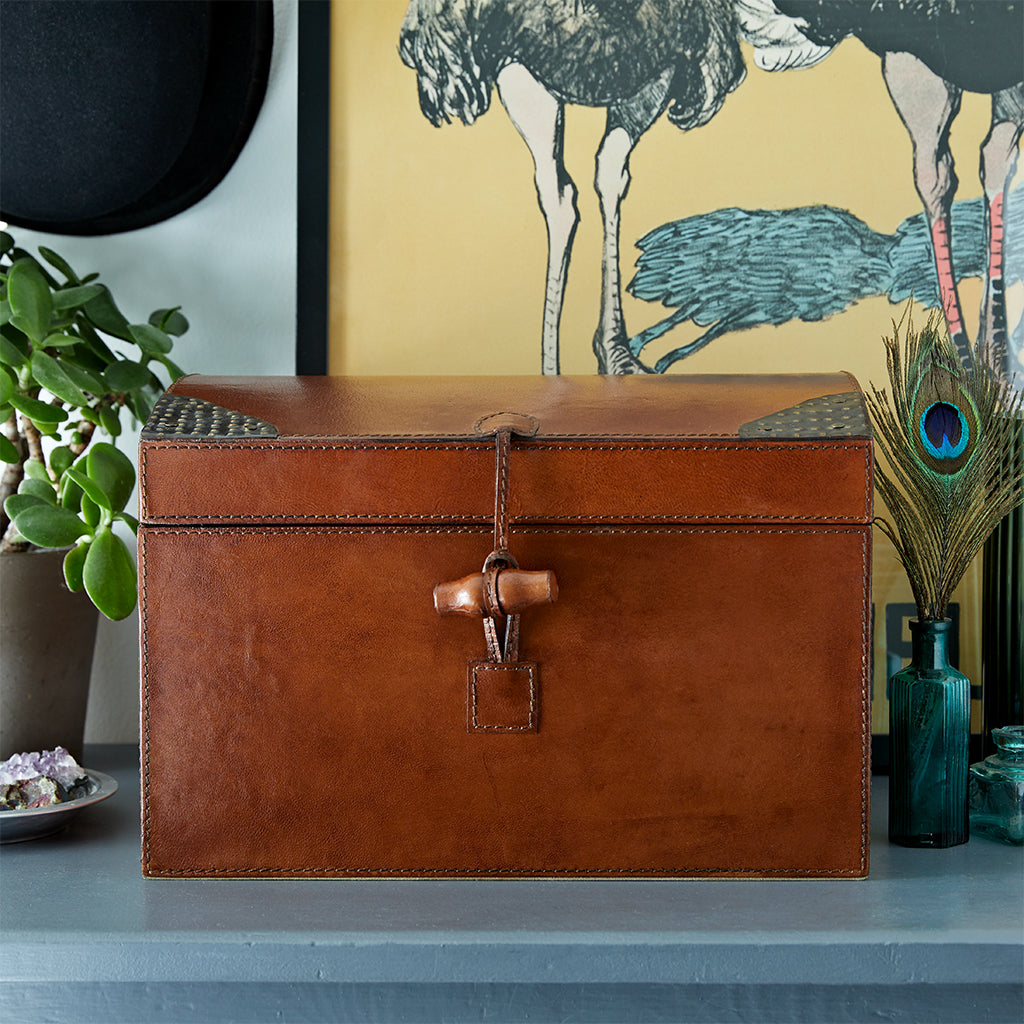
Visit Redhawk's soil series: https://permies.com/wiki/redhawk-soil
How permies.com works: https://permies.com/wiki/34193/permies-works-links-threads
 7
7




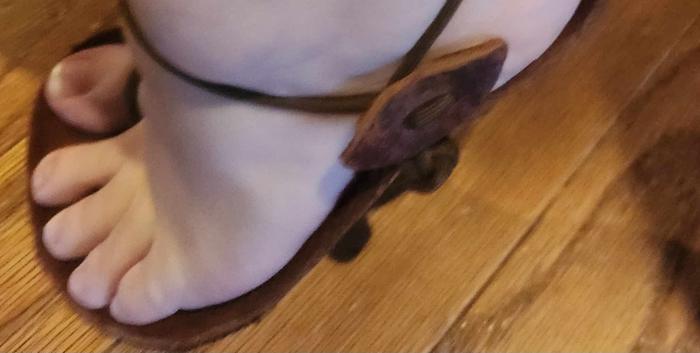
"The only thing...more expensive than education is ignorance."~Ben Franklin. "We can easily forgive a child who is afraid of the dark; the real tragedy of life is when men are afraid of the light." ~ Plato
 9
9





"Also, just as you want men to do to you, do the same way to them" (Luke 6:31)
 3
3




Yes! I thought something similar should work the way the picture of the cardigans shows. The dirndl ones have the "hook" part facing towards the chin, rather than out from the chest the way the Norwegian Cardigan looks. Do you know if those fasteners are still easily available in Europe?Inge Leonora-den Ouden wrote:The 'dirndl' hooks here look like the traditional hooks of Norwegian cardigans. Norwegian
Visit Redhawk's soil series: https://permies.com/wiki/redhawk-soil
How permies.com works: https://permies.com/wiki/34193/permies-works-links-threads






 3
3




Jay Angler wrote:
Yes! I thought something similar should work the way the picture of the cardigans shows. The dirndl ones have the "hook" part facing towards the chin, rather than out from the chest the way the Norwegian Cardigan looks. Do you know if those fasteners are still easily available in Europe?Inge Leonora-den Ouden wrote:The 'dirndl' hooks here look like the traditional hooks of Norwegian cardigans. Norwegian
"Also, just as you want men to do to you, do the same way to them" (Luke 6:31)
 6
6




"The only thing...more expensive than education is ignorance."~Ben Franklin. "We can easily forgive a child who is afraid of the dark; the real tragedy of life is when men are afraid of the light." ~ Plato
 9
9




Exactly - part of this thread is not just about upcycling and using fasteners that last, but being able to add them to clothing that lasts. I've been given huge amounts of clothing over the years because the original owner couldn't fit into it any more, and it was designed to fit an extremely narrow range. Clothing that didn't do so, was often baggy or shapeless. Using the dirndl and ribbon to set an ideal shape, and then have other fasteners for dressing solves a big set of problems.Carla Burke wrote: Then, you can take it off & put it on at the perfect size, only adjusting the size as needed.
Visit Redhawk's soil series: https://permies.com/wiki/redhawk-soil
How permies.com works: https://permies.com/wiki/34193/permies-works-links-threads






 7
7




Jay Angler wrote:...
As little as 200 years ago, clothing had value. It was designed to be worn out, passed down, rebuilt, patched forever etc, and buttons also would have been reused as long as possible.
...
"Also, just as you want men to do to you, do the same way to them" (Luke 6:31)
 9
9




All true wealth is biological.
Lois McMaster Bujold
 9
9




Jay Angler wrote:Backstory: We needed new pants to go with Hubby's antique suit jacket. He was trying it on at the shop, when the suit button exploded into 6 pieces. On our way to the next errand, we detoured by a fabric shop and I was able to buy 2 lovely metal buttons for the front of the suit, but they didn't have matching buttons to replace the decorative sleeve buttons. We could order the correct size from the USA for the sleeves, but seriously, that would be three times the cost of the jacket at least!
I had already been thinking about what makes clothing and specifically fasteners, permie worthy? I've had plenty of zippers fail. And alas, I've had poorly made button fail. Some metal buttons were so sharp that they kept cutting through the thread! But the plastic ones - they eventually disintegrate.
Then there's the whole "fast fashion" industry that creates mountains of waste. How many barely used fasteners does that industry reflect? Maybe not as bad as it might be, as so much of the fabric is stretchy, button may not be required.
Don't even get me started on velcro. Yes, there are places for it. But my washing machine isn't one of them!
So this thread is all about permaculture worthy ways to hold shut clothing of all sorts. I am not a purist, so things which are upcycled get a bit of leeway, so long as they are of a quality that should last for decades, not just years!
I am a child of the LIVING GOD, the least in HIS kingdom, a follower of the Nazarene, and a steward of this Earth.
 4
4




Writer, artist, permaculture educator in a historic seaside neighborhood in Daytona Beach, Florida USA. Author of DEEP GREEN & other books.
 3
3




Does that mean beaches and shells? I suppose the best buttons weren't made with shells that just washed up on the beach, but ones that are dived for. I think it would be cool to try to make some unique, homemade shell buttons!Jenny Nazak wrote: Back in 2010 I moved to super humid Florida.
Visit Redhawk's soil series: https://permies.com/wiki/redhawk-soil
How permies.com works: https://permies.com/wiki/34193/permies-works-links-threads
 6
6




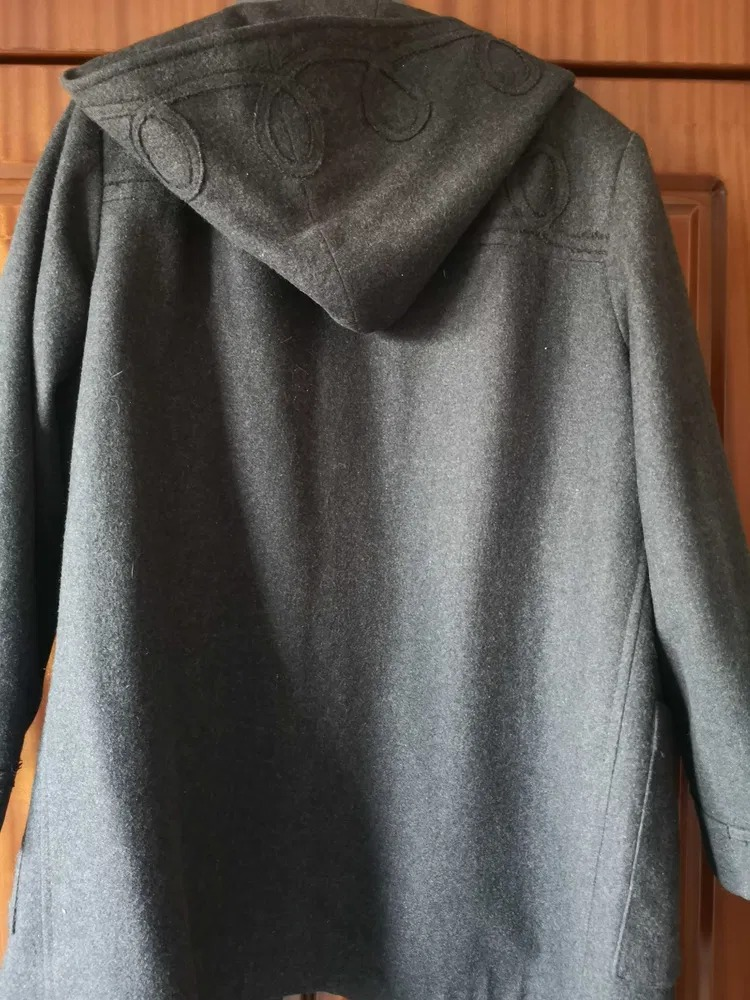
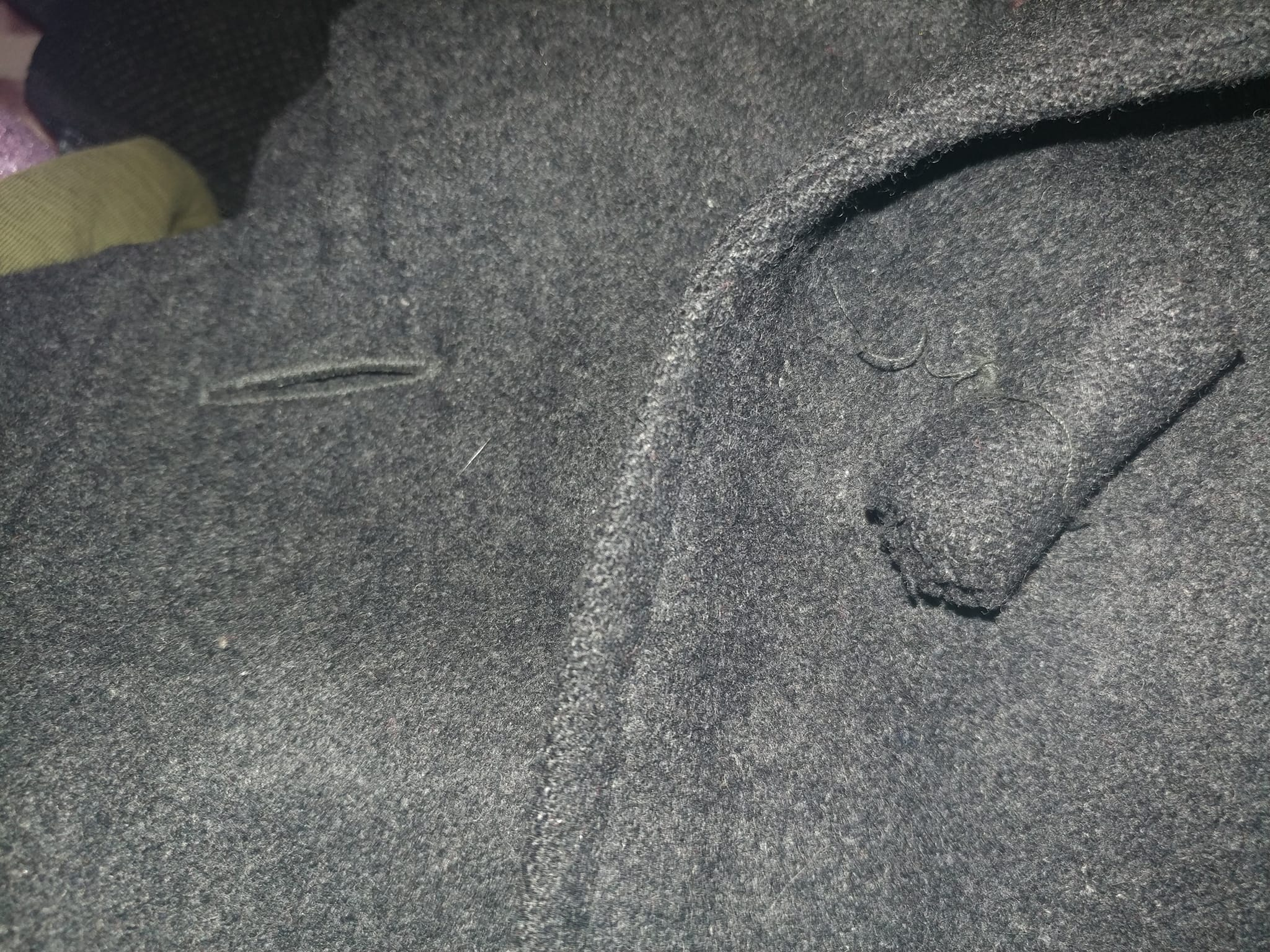
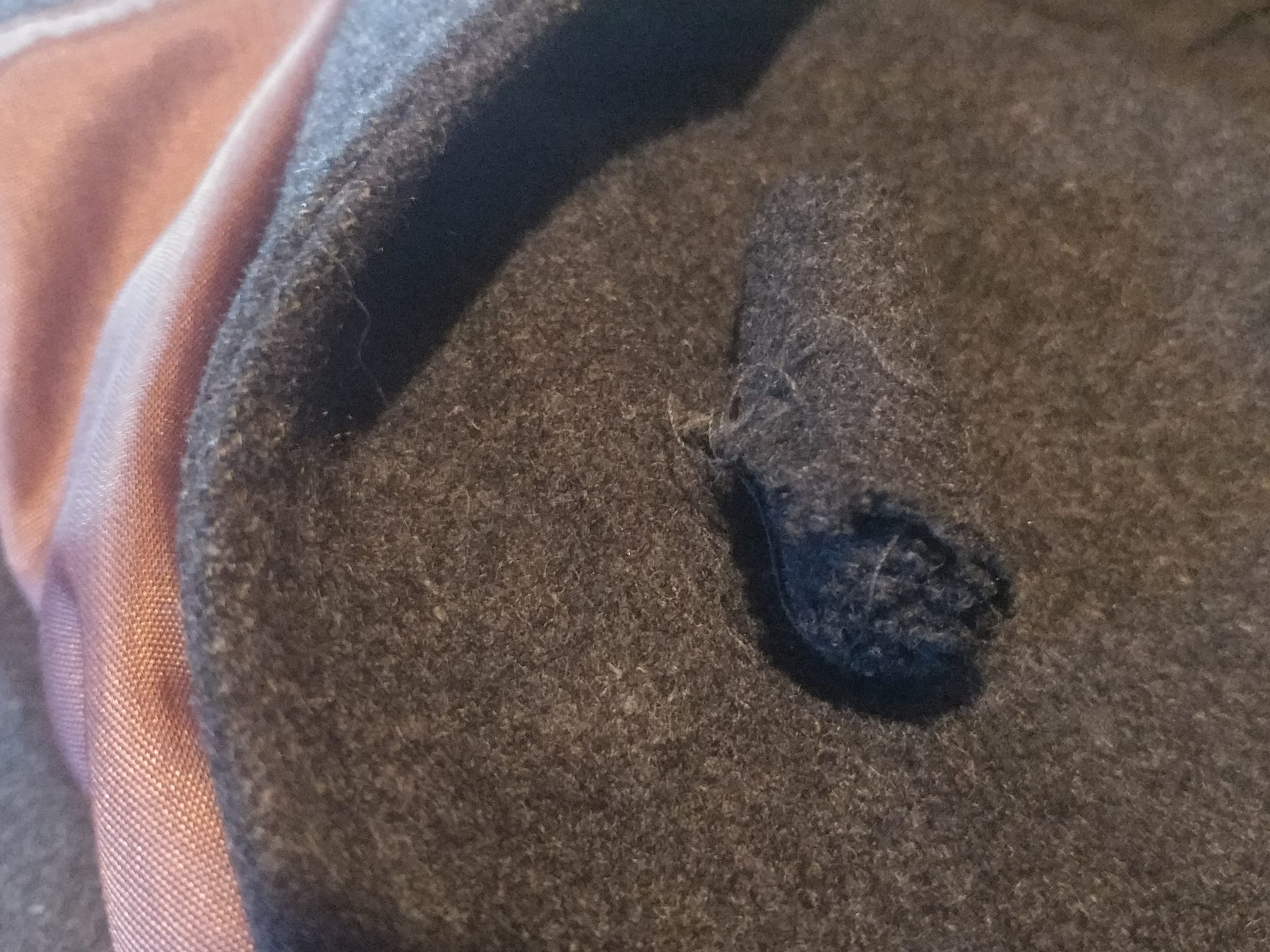
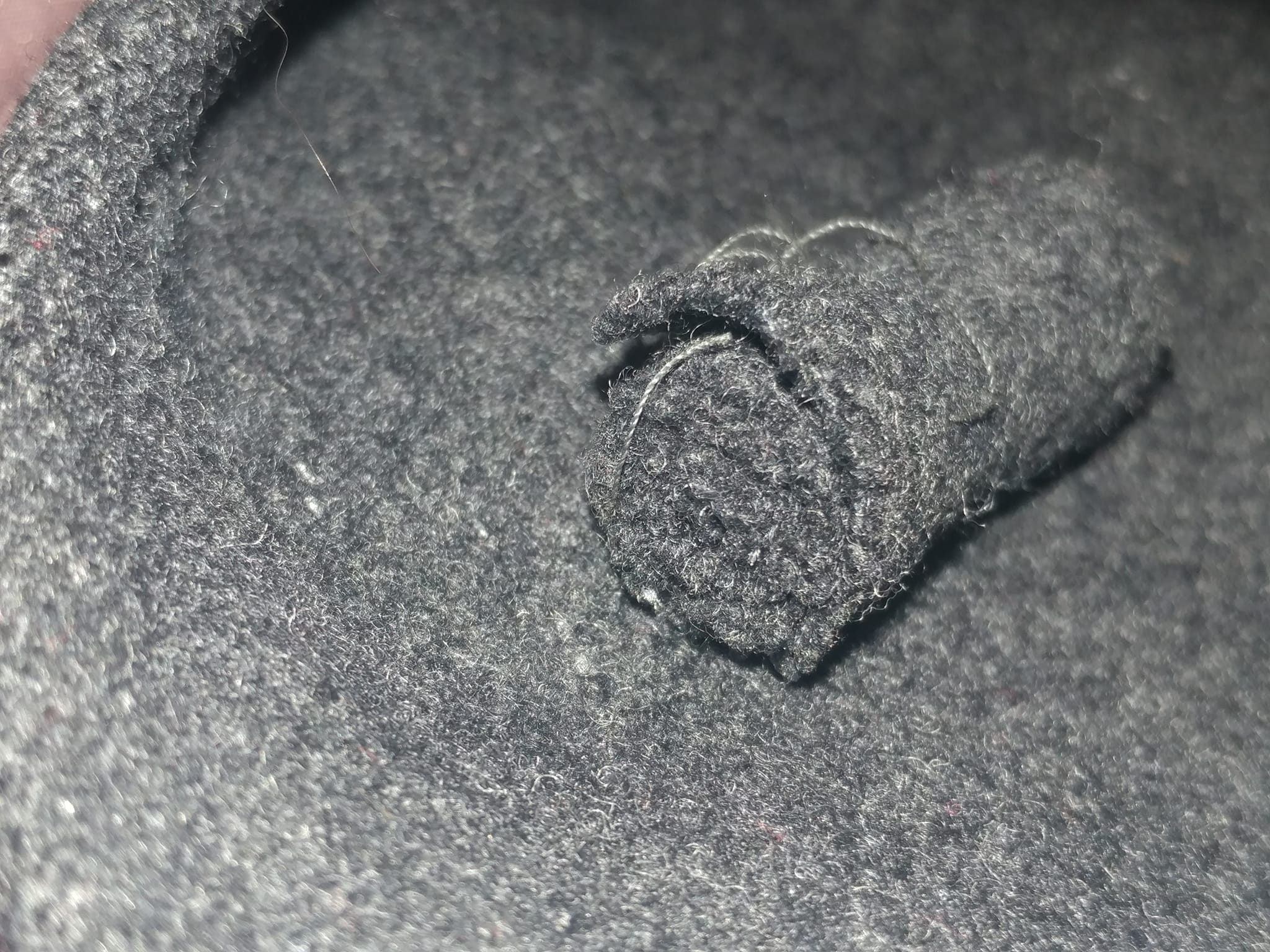
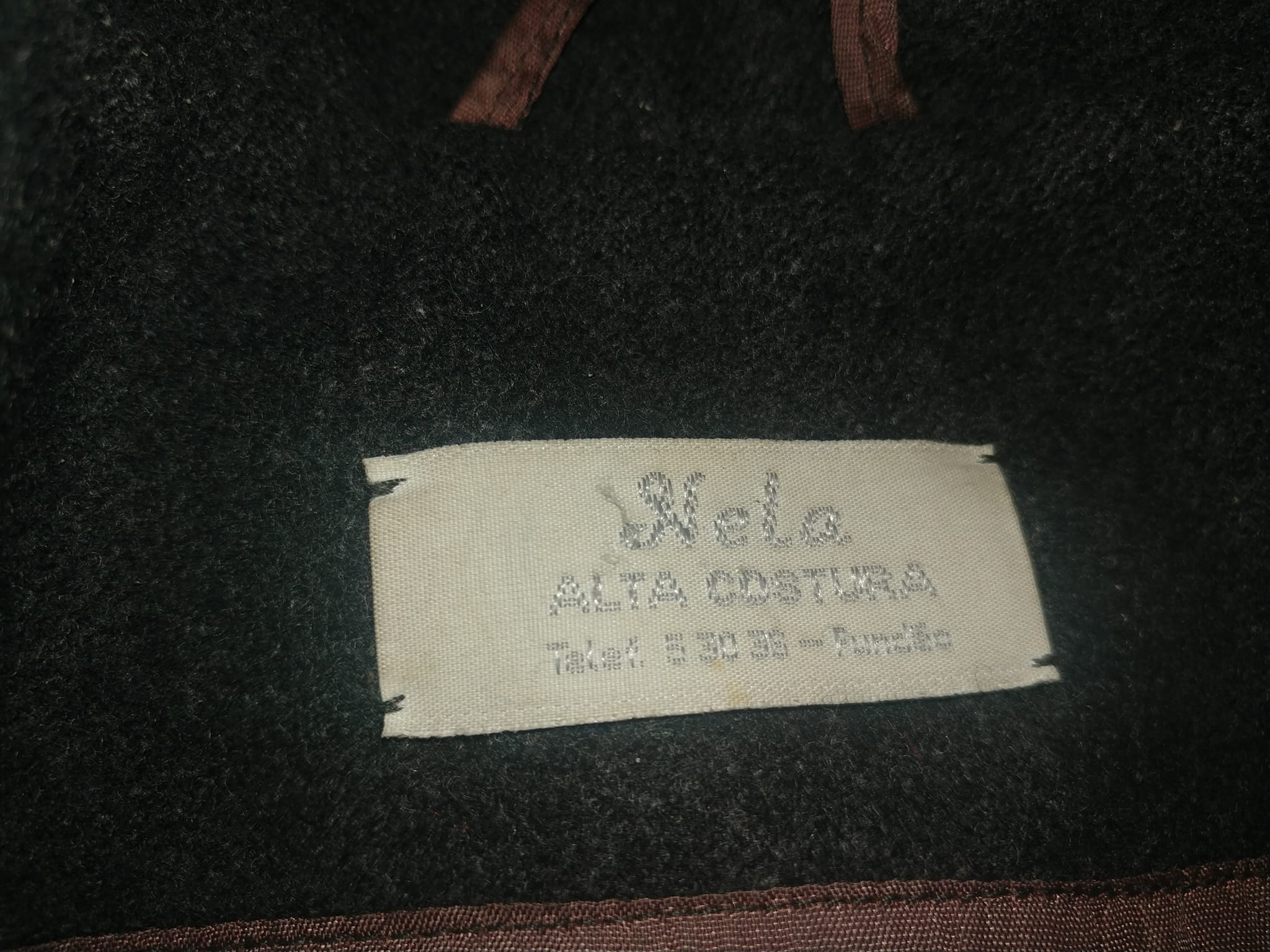
How permies.com works
What is a Mother Tree ?
 4
4




So do the toggles appear to be made of felted wool which is simply rolled up?Burra Maluca wrote: And just look at the toggles!
Visit Redhawk's soil series: https://permies.com/wiki/redhawk-soil
How permies.com works: https://permies.com/wiki/34193/permies-works-links-threads
 4
4




Jay Angler wrote: So do the toggles appear to be made of felted wool which is simply rolled up?
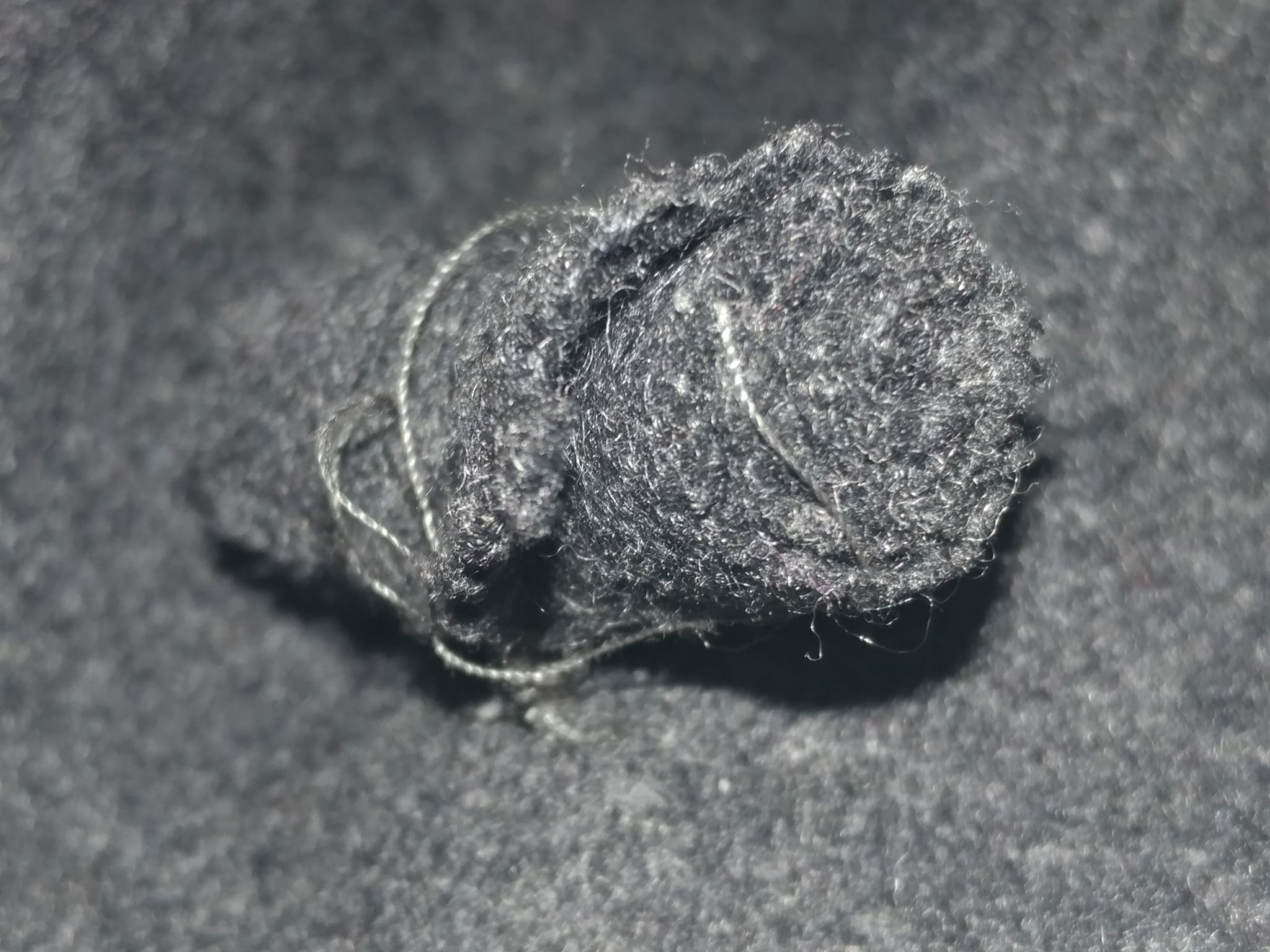
Are they fastened to the garment with the same thread that is keeping them rolled?
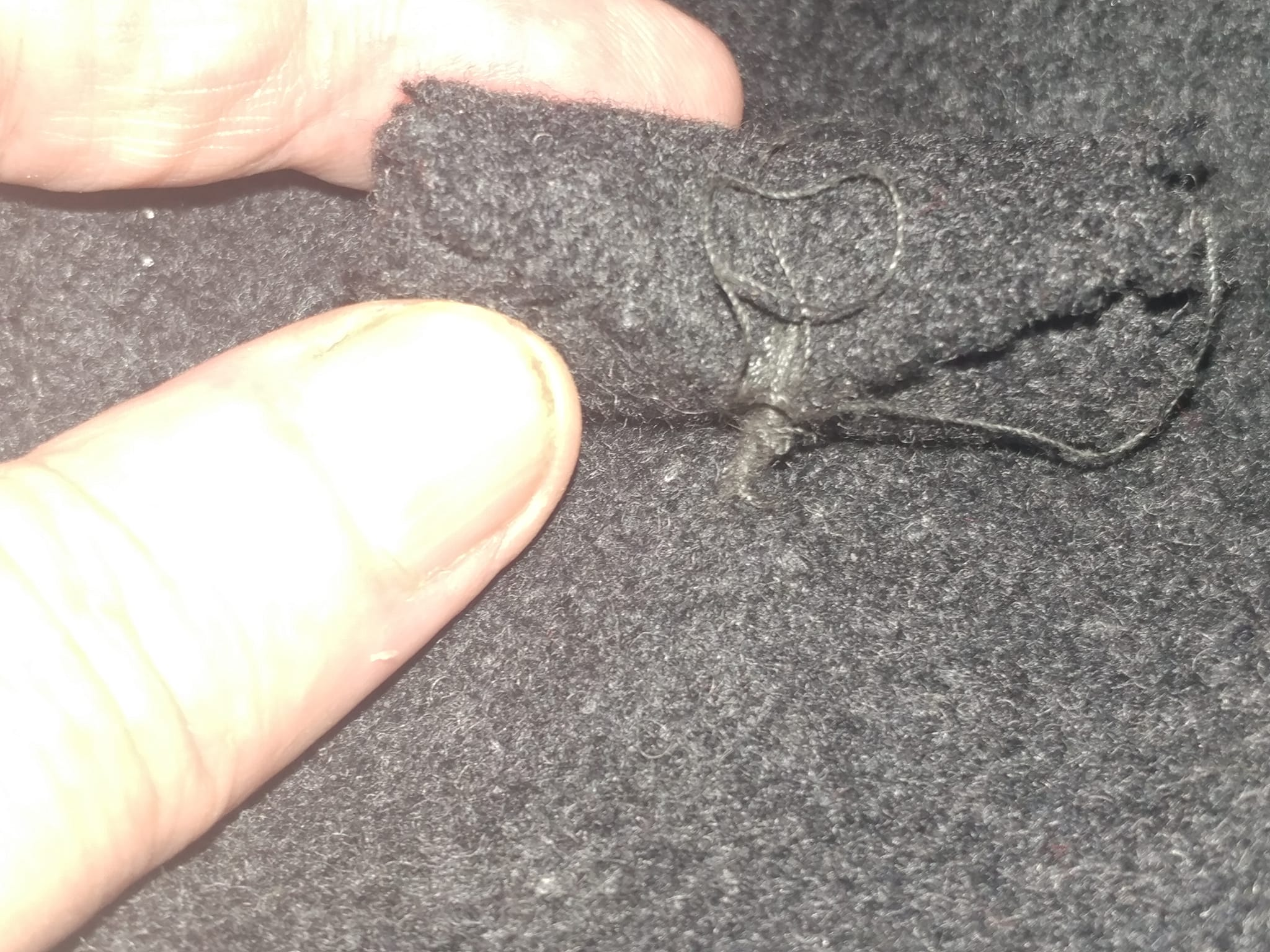
Is there a reinforcement patch on the inside of the garment?
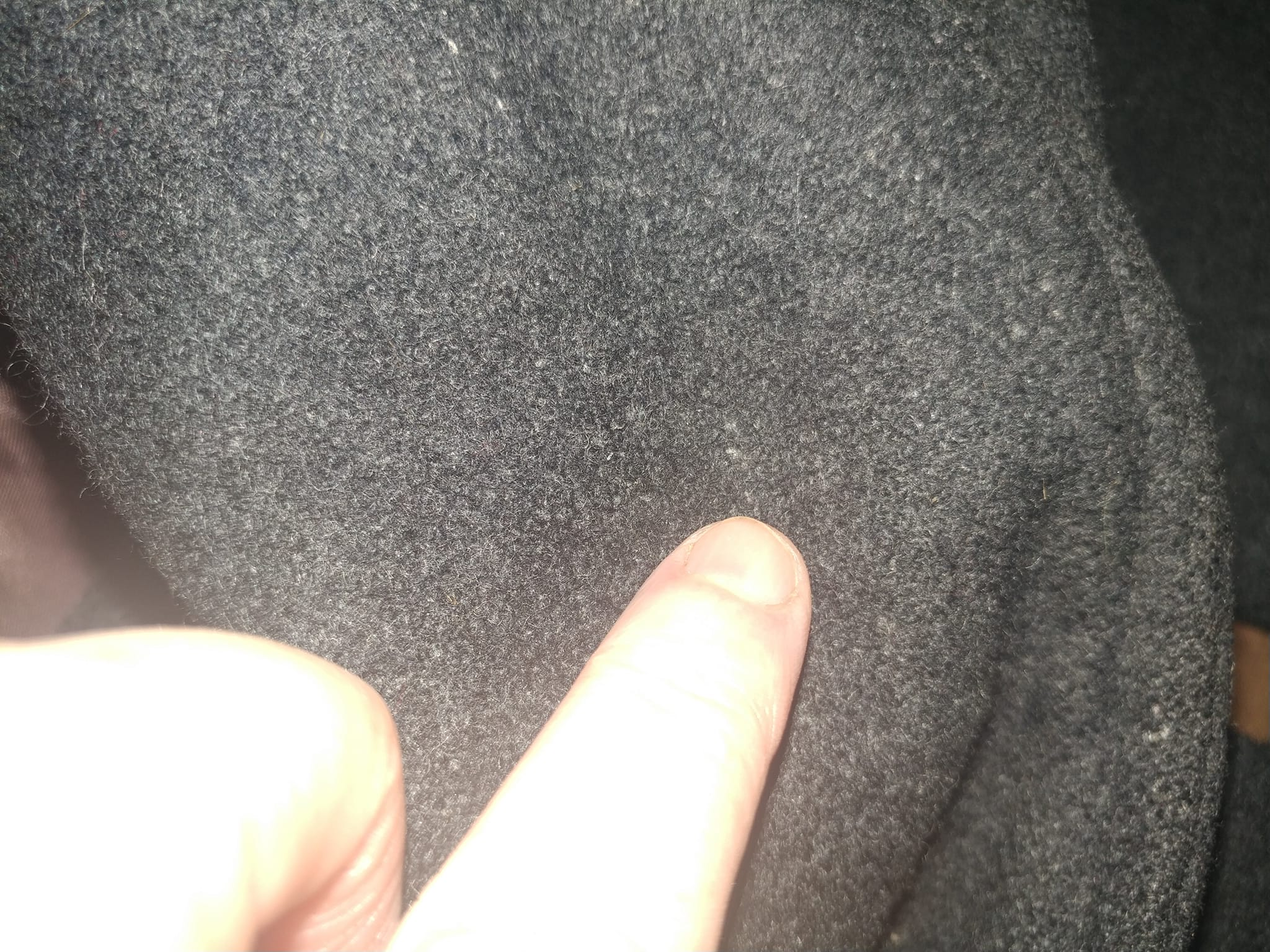
That seems like an incredibly simple fastener, which has the advantage of being laundered the same way as the rest of the garment. I've heard concerns about wood toggles in the laundry for example.
I love the simple decoration on the hood and upper back, as well.
How permies.com works
What is a Mother Tree ?

 6
6





|
I claim this furniture in the name of The Ottoman Empire! You can keep this tiny ad:
The new kickstarter is now live!
https://www.kickstarter.com/projects/paulwheaton/garden-cards
|







